Spinners and knitters do breed studies to learn how different fibers behave so they can pick the right wool for their projects. I want to be able to do that for my projects. So I’m planning a breed study for needle felters!
What is a breed study?
A breed study is sampling small amounts of fiber to learn how it performs, what it can be used for, and what type of effects you can create with it. Spinners look at things like staple length, luster, softness, durability, how the wool needs to be prepared, how it drapes, and how it feels to spin. As a needle felter, I’m interested in some of those plus, how does the wool felt? Is it easy to tear? Does it blend well? Can I make tiny toes with it?
Spinners also research the history of the breed. That usually leads to some interesting stories.
Why do a breed study for needle felting?
I have included Amazon affiliate links for some of the items below. This means I may earn a small commission (at no extra cost to you) if you click through and make a purchase.
Watching a few spinners’ breed study videos, it became clear to me how little I know about wool. I also started realizing how many breeds of sheep are “out there”. As a needle felter, the wool I’ve purchased is usually Corriedale, Merino, or Romney. But many times, the breed isn’t even identified. It’s just “wool”.
As a result, I haven’t learned what different types of wool have to offer needle felters. Yes, I can watch spinners’ breed studies. But they are coming at it from a different place and for a different purpose. I want to explore it from a needle felter’s point of view.
Another inspiration for my breed study is James Rebanks’ book, “The Shepherd’s Life: Modern Dispatches from an Ancient Landscape”. I’ve read it a couple of times and highly recommend it for so many reasons. But one is his passion for Herdwick sheep. Learning about their history and the intelligence of this breed made me want to use their wool. That made me wonder what other breeds I might feel this way about?
I also bought the The Fleece and Fiber Sourcebook: More Than 200 Fibers, from Animal to Spun Yarn a few years back. It’s a glorious book. I appreciate the information on the breeds and the lovely photos of the fleece and yarn. But it was written for spinners. I want to learn how the wools behave in needle felting.
How I’m going to approach the breed study
Because I enjoy organizing stuff, I’m putting a framework around my approach and process. So here’s what I’m going to do. For each breed, I’m going to break my study of it into two parts. I’m going to focus on the sheep and then, focus on the wool.
The sheep
I’ll start by learning about the breed: its’ characteristics, history, benefits, quirks and anything else I run across.
Then, I’ll needle felt a representative sheep of that breed. As someone who wants to make animals, this feels like the most natural way I know to explore them. This won’t be a portrait of a specific individual. It may be a ram, a ewe or even a lamb. The sculpture will include some of the breed’s wool. But since this is about representing the sheep’s form, I’ll use whatever it takes to create that.
The wool
After I make the sheep, I’ll research the breed’s wool and how it might be used in needle felting.
Spinners usually spin a fixed amount of wool for each breed they study. That allows them to compare the yarns they create out of it. That works very well and I wanted to do something that would give me a similar ability to do a side-by-side comparison.
So I’m going to needle felt the same project for each breed. I’ll pick an animal to make. It won’t be a sheep because I have some needle felting techniques I want the to include like wrapping tiny toes. I’ll choose an animal that will allow me to incorporate the techniques.
I’ll create a wire armature and core wool foundation for the animal. And then I’ll make the same animal using each breed’s wool.
If I need to blend the wool with another breed, I will. This is about learning how to work with these wools. Restricting myself to only using the breed’s wool would mean missing out on opportunities to create blends that may be fantastic for needle felting.
How I’ll share what I learn
I’ll be making two videos for each breed: a sheep video and a wool video with accompanying blog posts. I’m going to start with some of the breeds I already have in my stash. Some are rare or conservation breeds and some are not.
And yes, I’ve already purchased some raw Herdwick wool! I hope this will be an interesting series.
Last Updated on April 2, 2024

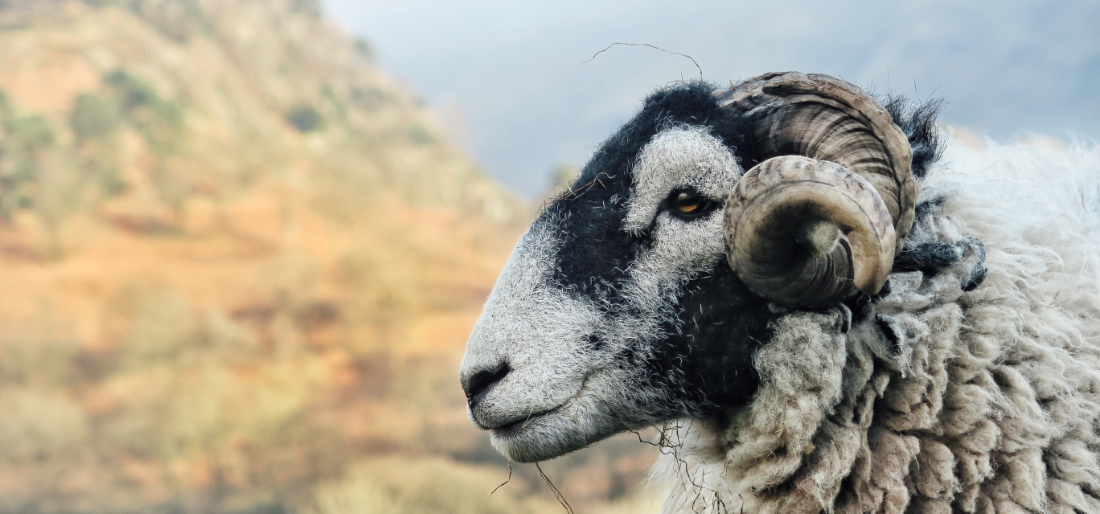
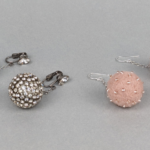
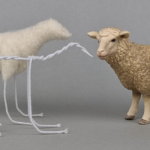
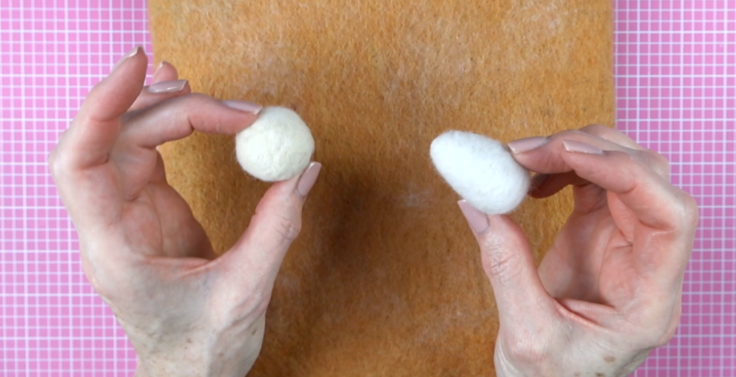 Basic shapes in needle felting: your foundation for fluffy creations (FAQ #5 video)
Basic shapes in needle felting: your foundation for fluffy creations (FAQ #5 video) 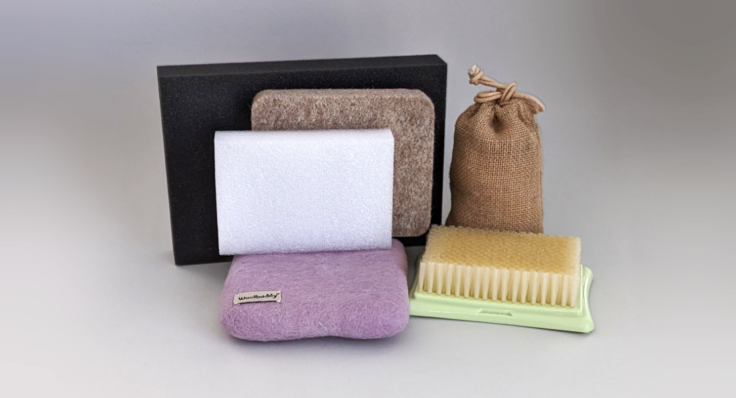 Choosing the right needle felting mat: a comprehensive guide (FAQ #4 video)
Choosing the right needle felting mat: a comprehensive guide (FAQ #4 video) 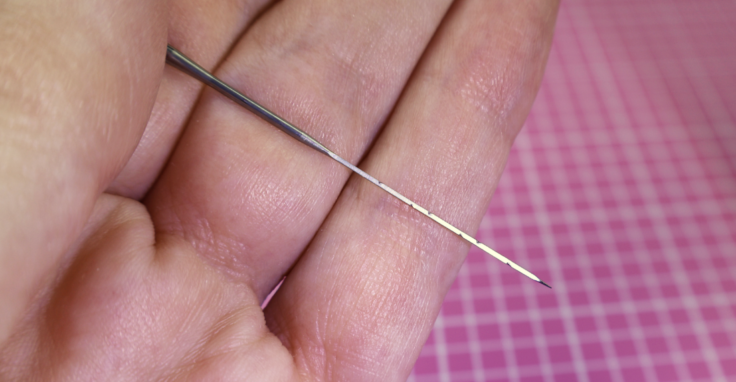 Needle felting needles: a comprehensive guide (FAQ #3 video)
Needle felting needles: a comprehensive guide (FAQ #3 video)  Ditch the overwhelm: essential needle felting supplies for beginners (FAQ #2)
Ditch the overwhelm: essential needle felting supplies for beginners (FAQ #2)